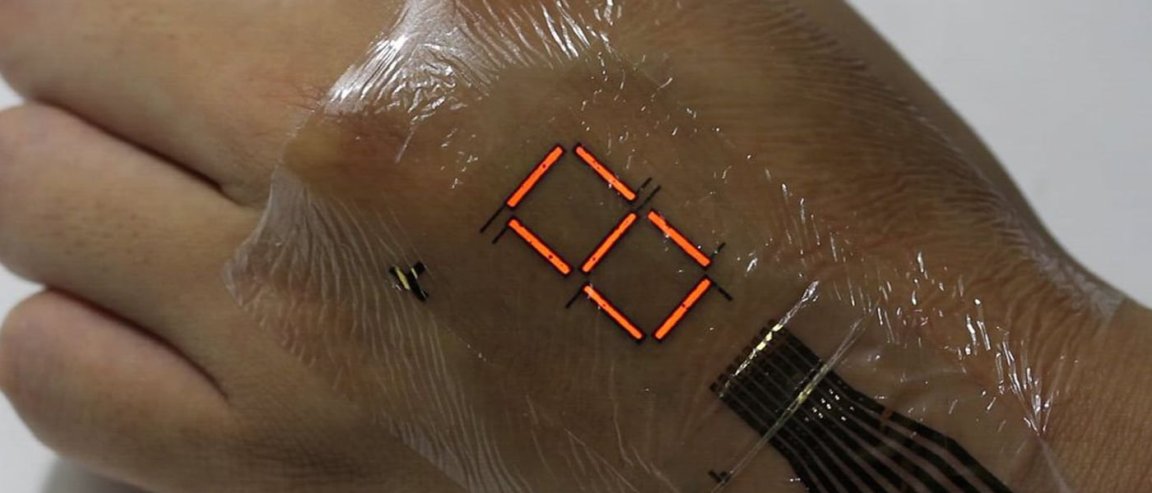
Plastic Semiconductors
Organic electronics is a field that is shaking up the future of our electronic devices. That’s because they’re offering us the opportunity to place screens, electronic readouts, and other devices in places we have never imagined. That’s all while they stay on par with inorganic devices in terms of power and output.
Organic electronics are devices that rely on organic semiconductors. Those are electronic components made from carbon instead of the usual silicon. There are two kinds of these: small molecules or atoms, and long chains of plastics that have semiconducting properties.

These organic semiconductors give new properties to electronic devices. They can make electronics soluble, allowing them to become inks, thus making them printable. We may them be able to print electronic devices as fast as printing documents.
Success Stories
While a relatively new field, organic electronics are already finding amazing uses in different devices. The biggest of these successes are organic LEDs or OLED lights. These are organic semiconductors sandwiched in between layers of materials that allow different electrical charges into the semiconductor.
OLED lights can be printed in plastic sheets. That means the lights could be stuck on any surface, and are freed from the constraints of point sources like lightbulbs.
Another way OLED changes devices is in bendable electronics. OLED allows smartphones, TVs and other screen devices to be flexible and bendable. There is also no need for white backlights and filters with OLED, so devices are thinner.
Finally, there are now organic photovoltaics, essentially printable solar cells. They work nearly the same as regular solar cells, but are flexible and can be printed on thin plastic sheets. Any surface or object can play host to these solar cells, and they are cheaper to manufacture.
More ambitious projects are using organic electronics for ultra-thin LED displays that can be worn on the skin, known as optoelectronic skins. There are also projects on biodegradable gadgets, and using those optoelectronic skins for health monitoring.